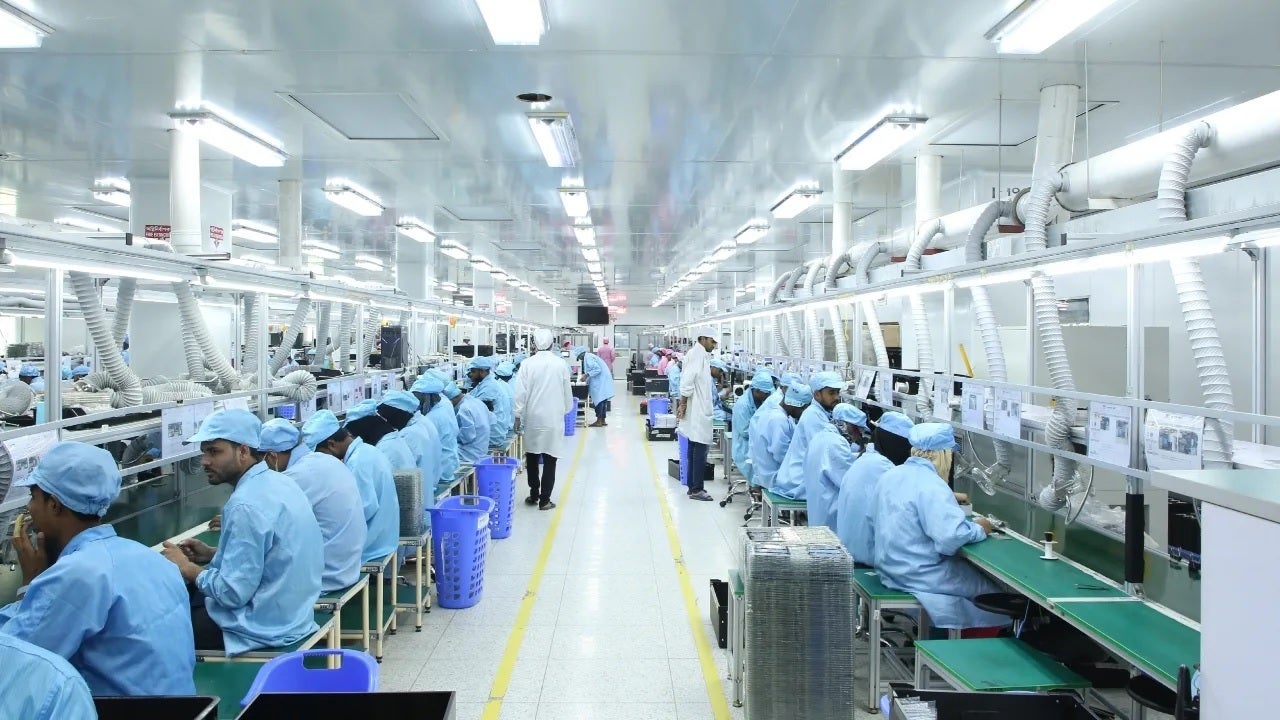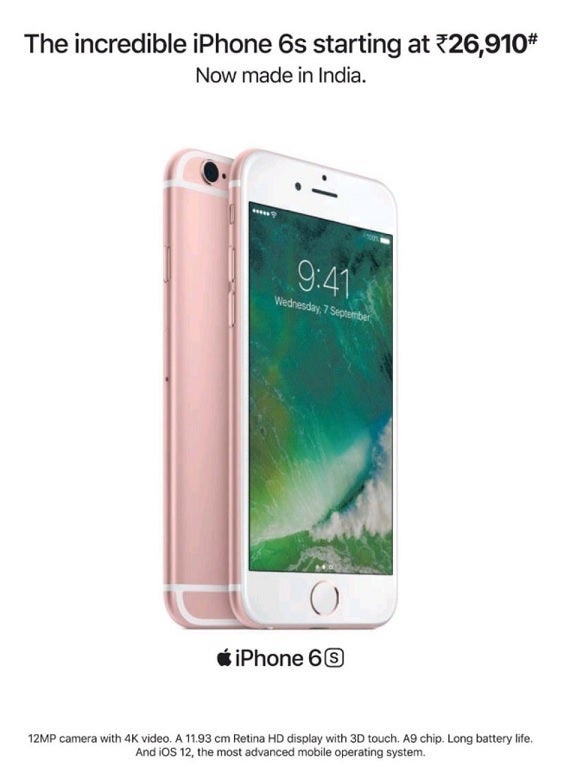What exactly is a tariff?
A tariff is an import tax, nothing more and nothing less. A tariff imposed on any products imported from China is NOT paid by the Chinese. You want to know who pays the tariffs on Chinese imports into the U.S.? American companies do and if these companies want to recoup this amount, they raise prices on their products. So unlike what you might have heard, the bottom line is that if the U.S. imposes tariffs on products from, say, China, U.S. companies and consumers pay.


Foxconn’s iPhone factory in India. | Image credit-PeopleMatters
This doesn’t mean that China’s economy isn’t affected since demand for the product hit with the tariff would be expected to decline due to higher prices. However, since the iPhone is a U.S. company, the only negative impact on China that an iPhone tariff might have would be the loss of jobs if Apple decides to reduce production of the device in the country.
What Apple learned from this period of time was that it needed to find alternate places to make the iPhone outside of China. India is one such country since there are factories that can assemble the iPhone in the country, the supply chain is within reach, and Apple has turned out iPhone models in India since 2017. Additionally, the ability to source cheap and plentiful labor also makes India a possible replacement for China.
The first iPhone built in India was the “budget” iPhone SE back in 2017
Besides Foxconn, which accounts for half of the iPhone units created and shipped out of India, Pegatron Corp., and Tata Electronics also assemble iPhone models in southern India. Smartphones have become India’s top export to the U.S. with $2.88 billion in smartphones delivered to the U.S. from India during the first five months of this year. Five years ago, before Apple increased its Indian iPhone production, smartphone exports to the U.S. totaled a much smaller $5.2 million.


In 2019, Apple built and sold the four-year-old iPhone 6s in India. | Image credit-unknown
Eventually, there could be a day when Apple produces more iPhone units for export in India than China. But that day still remains well in the future.



